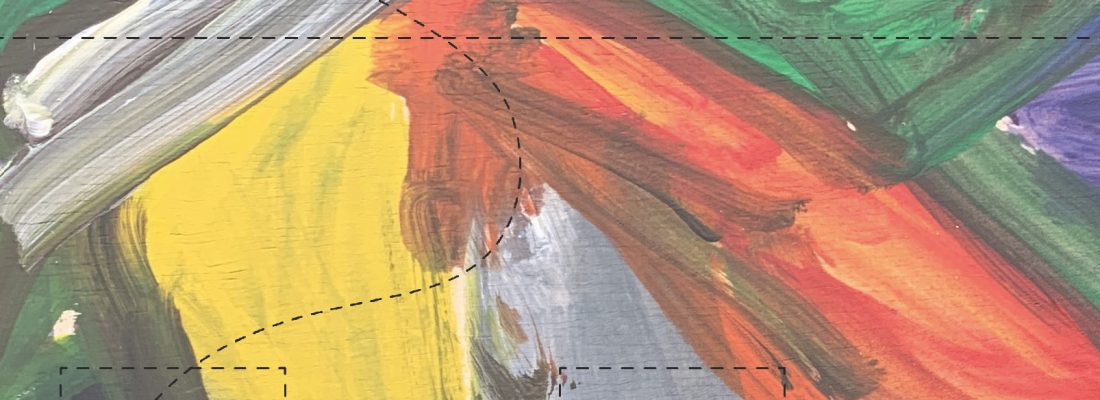
In this book, we will show our process of research and Participatory Design with kids through Kitsch and how it can help to make architecture more inclusive. We begin with readings on Irony and Postmodern Architecture, Irony, or, the Self-Critical Opacity of Postmodern Architecture, from Emmanuel Petit, where he tries to find the relation between Postmodern Architecture and Irony. Subsequently, Contingency, Irony, and Solidarity, by Richard Rorty, more specifically the fourth chapter Private Irony and Liberal Hope, where he points the characteristics of an Ironist (she), from an Ironist point of view (his own). In the book, he compares her, always trying to expand her vocabulary by learning, with the Metaphysician (he), considering his vocabulary one and superior. Aftermost The Language of Post-Modern Architecture, part three Postmodern Architecture, written by Charles Jencks, points to the main features of PM Architecture and its contrast to Modern Architecture, reinforcing the main aspects: plural coding, complexity, the return of ornament, and hybridization. After reading the texts, we found interesting connections between Ironists and Postmodernists, among the similarities, the usage of different codes/vocabularies to build their own final one. We also discussed about FAT (Fashion Architecture Taste), an office led by Sean Griffiths, Charles Holland, and Sam Jacob, that tries to give architecture meaning and break the monotonous look of cities like London. One of the projects that called our attention was The Villa, in the Netherlands. This project is one of the many from FAT, that considers the community and history as its main focus, their projects bring meaning to the building, not just on the facade but to the usage. Understanding more their approach and style, not just Postmodernist, FAT could then also be considered Kitsch. This act of taking something that already exists and putting into a new usage with different material and scale, but still passing a message. This is why we decided that we want 5 ed to work with Kitsch. When we actually started searching for definitions of Kitsch, we noticed not everyone sees it the way we do, contrariwise, it’s actually seen as bad taste, as its german definition translates, but, if it’s that bad, why does it work? We also came across Queer spaces, and one thing we’ve learned, from different marginalized groups, is the reappropiation of words, and how we can apply it to our research. The main topic in our research, is Participatory Design, where we, professionals with more experience in design methods, work together with the participants, in our case kids. Including them in our design process, we understood that kids, by nature, are more inclusive and that we can learn a lot from them. How can the kids’ thinking help and influence to make architecture more inclusive? We intend to answer these questions, not only with our theorie but also with our Doll House. We want to create spaces where people are not just users, but rather part of it.
